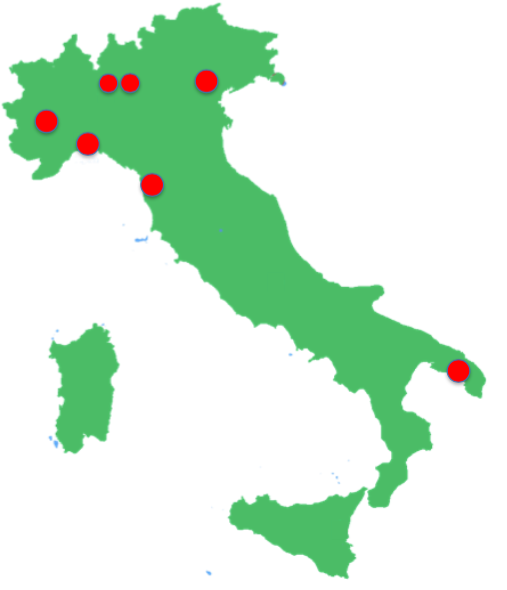Abstract
The research project of GSS is devoted to the investigation of several challenging and
open problems in supersymmetric Quantum Field Theories that aim at the unified
description of Gravity and Gauge interactions. It is centred around the following themes:
- String Theory, M-Theory, Supergravity;
- Perturbative and non-perturbative properties of Gauge Theories;
- Black Hole physics;
- Models of supersymmetry breaking in Cosmology and Particle Physics.
- String Theory, compactifications and string vacua, with the aim of clarifying the geometry of higher dimensional string compactifications and their reduction to an effective supergravity using generalized geometry, F-theory flux compactifications and holographic effective actions for strongly coupled CFT.
- Supersymmetry breaking by fields and branes, with emphasis on non-linear realisations of supersymmetry and supersymmetry breaking in supergravity and string theory, in a complete or partial version. This is a timely subject, in view of the ongoing search for supersymmetry at LHC and of the emerging role of broken supersymmetry in cosmology and inflationary models.
- Supersymmetric Gauge Theories, holography and dualities, with attention to superconformal field theories embeddable in string theory and described by AdS supergravity, integrability and the properties of scattering amplitudes, the study of protected quantities in various dimensions, topological theories, higher spins.
- Black Holes in supergravity, with the goal of clarifying the supergravity description of microstates, entropy derivations for AdS4 black holes from M-theory, static solutions in AdS4, methods of solution generation, attractors in gauged supergravities with matter and the information paradox through CFT’s.
- Mathematical methods, with foreseen developments related to Wilson loop operators, localisation of path integrals, non-commutative geometry, supergeometry of spacetime, superintegration, with potential applications to the early Universe.


